Birding Through the Feelings
By Megan Fradley-Smith
One of my earliest childhood memories, one that brings me much joy, is of a moment in kindergarten on a class field trip. I cannot remember where we were, why we were out, or who was there with me, but I can remember looking high up at the sky, and becoming mesmerized by a swirling kettle of Turkey Vultures.
I pointed this out to my teacher, who was stunned that I had noticed something so distant. Her praise made an impression, and I still feel that rush of pride when I manage to observe a soaring raptor, so graceful, so free.
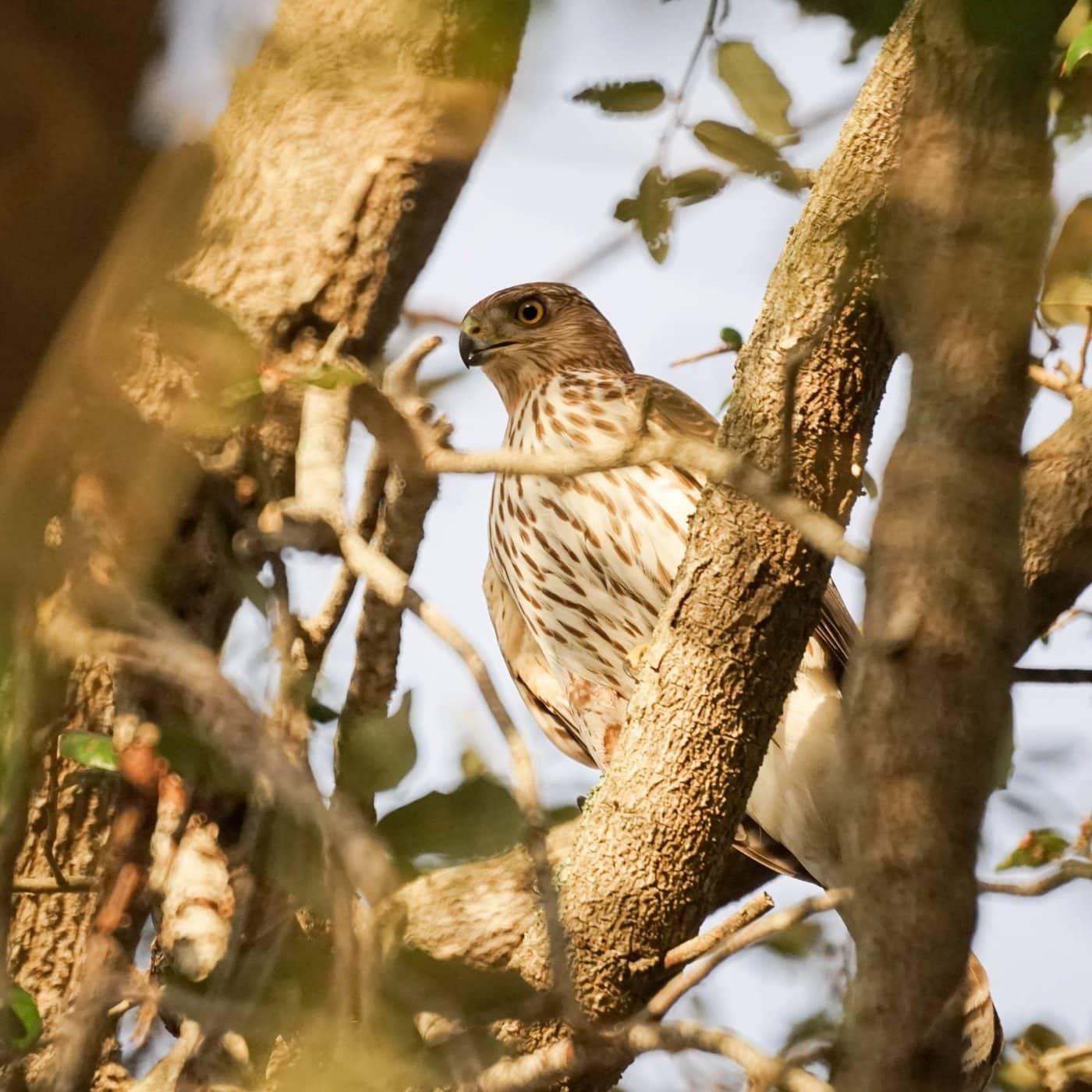 Cooper’s Hawk by Megan
Cooper’s Hawk by Megan
For me, birding has become a lifeline in many ways. During my first pregnancy over a decade ago, a Red-Shouldered Hawk would appear in my backyard, nearly every day, always when I most needed it. To me, it became a symbol of hope, and any time I felt uneasy, I unknowingly turned to the the skies for a Hawk. Usually, I found one.
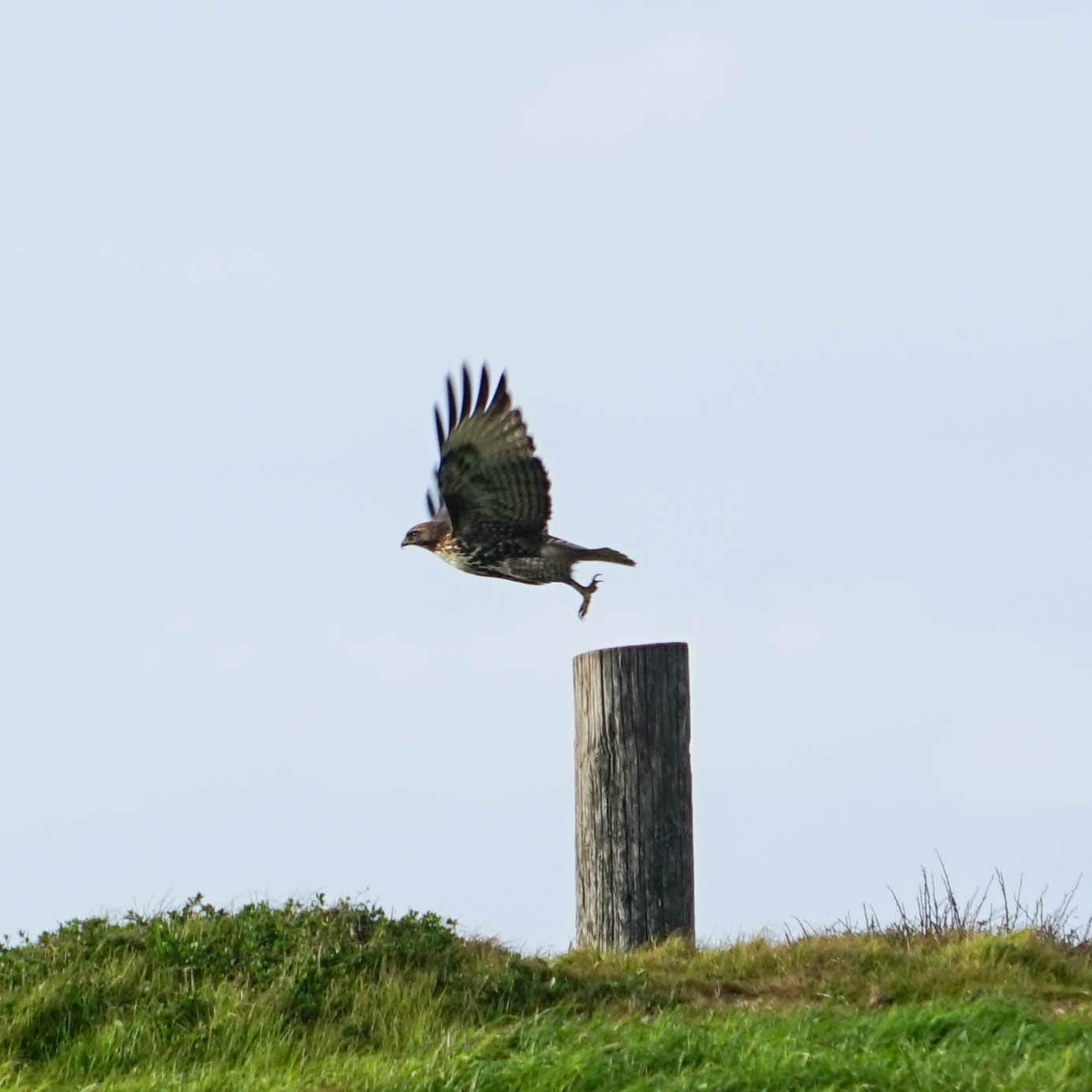 A Red-tailed Hawk takes off from its perch by Megan
A Red-tailed Hawk takes off from its perch by Megan
A few years later, I worked as a mental health therapist in Northern Florida, making a long commute to a rural facility each day. This was a tumultuous time in my life (I was a young mother, the breadwinner, the empath working with extremely high-risk clients). I felt the stress in every fiber of my being. However, now that I am so far removed from those days, what I remember most is seeing Swallow-Tailed Kites gliding above the trees as I drove, their carefree movements never failing to delight me, no matter the stress I carried.
My final months in Florida were rife with hardship, but it is the Kites and Hawks that stay with me, all this time later.
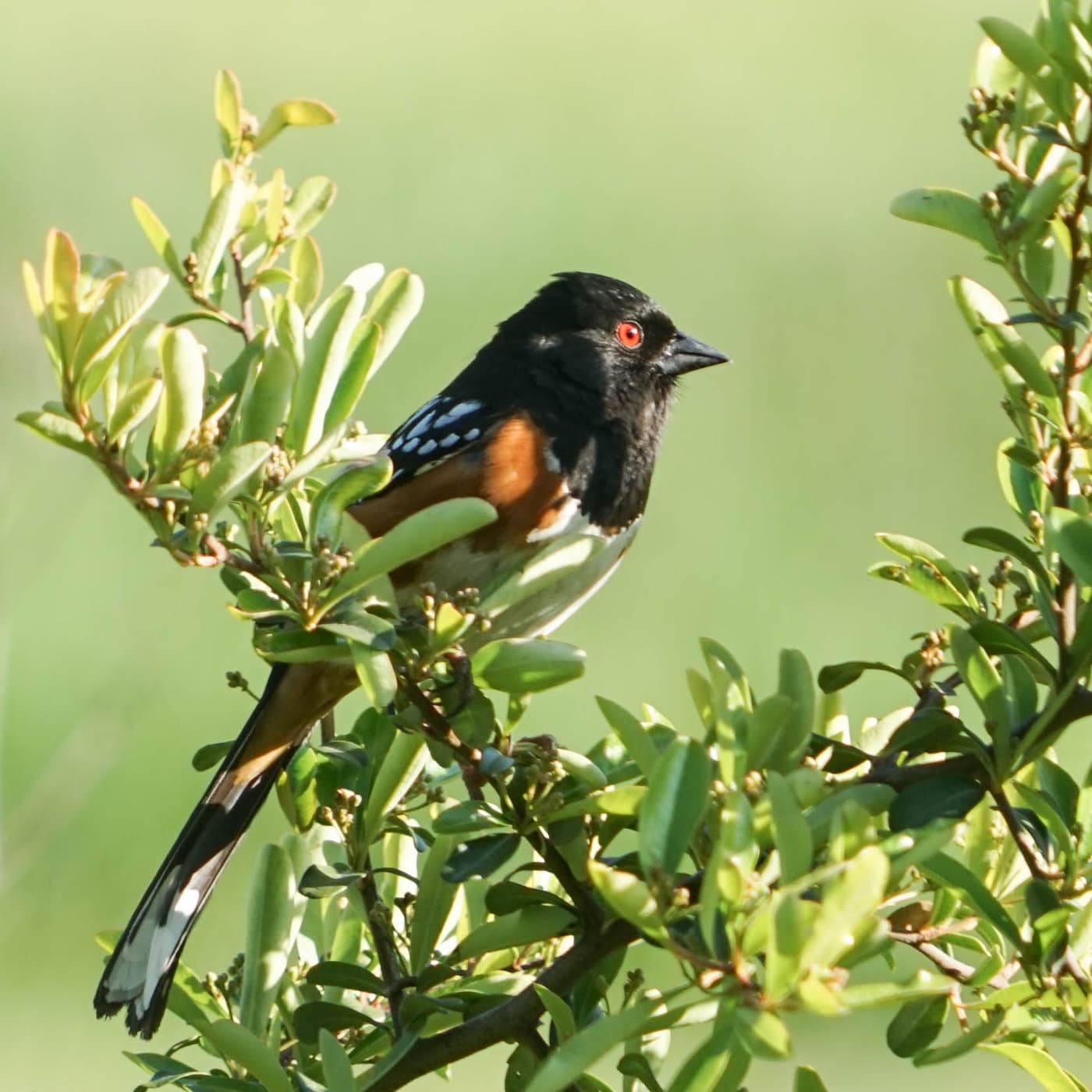 Spotted Towhee by Megan
Spotted Towhee by Megan
I fully leaned into birding last year, as my casual observations grew into more structured study. However, this ‘leaning in’ was more of a pulling myself out of the depths of postpartum anxiety, as the birth of my third child in early 2019, and the transition that followed, stretched me more than I have words to describe.
One evening, weighed down by a long day of mothering and teaching and cleaning and breastfeeding and not sleeping, I set my children up with toys and stepped outside for 5 minutes alone. That evening air enveloped me, the wind brought the sounds of dozens of backyard birds, and I felt myself let out a breath that I had been holding for days, or weeks.…


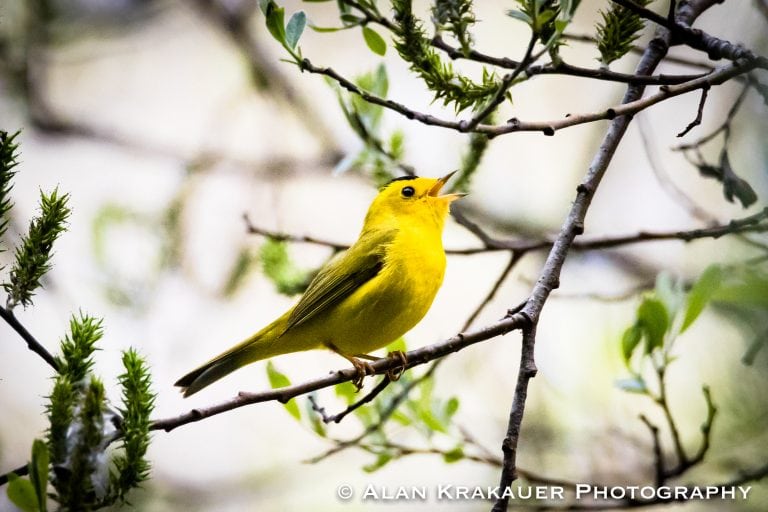
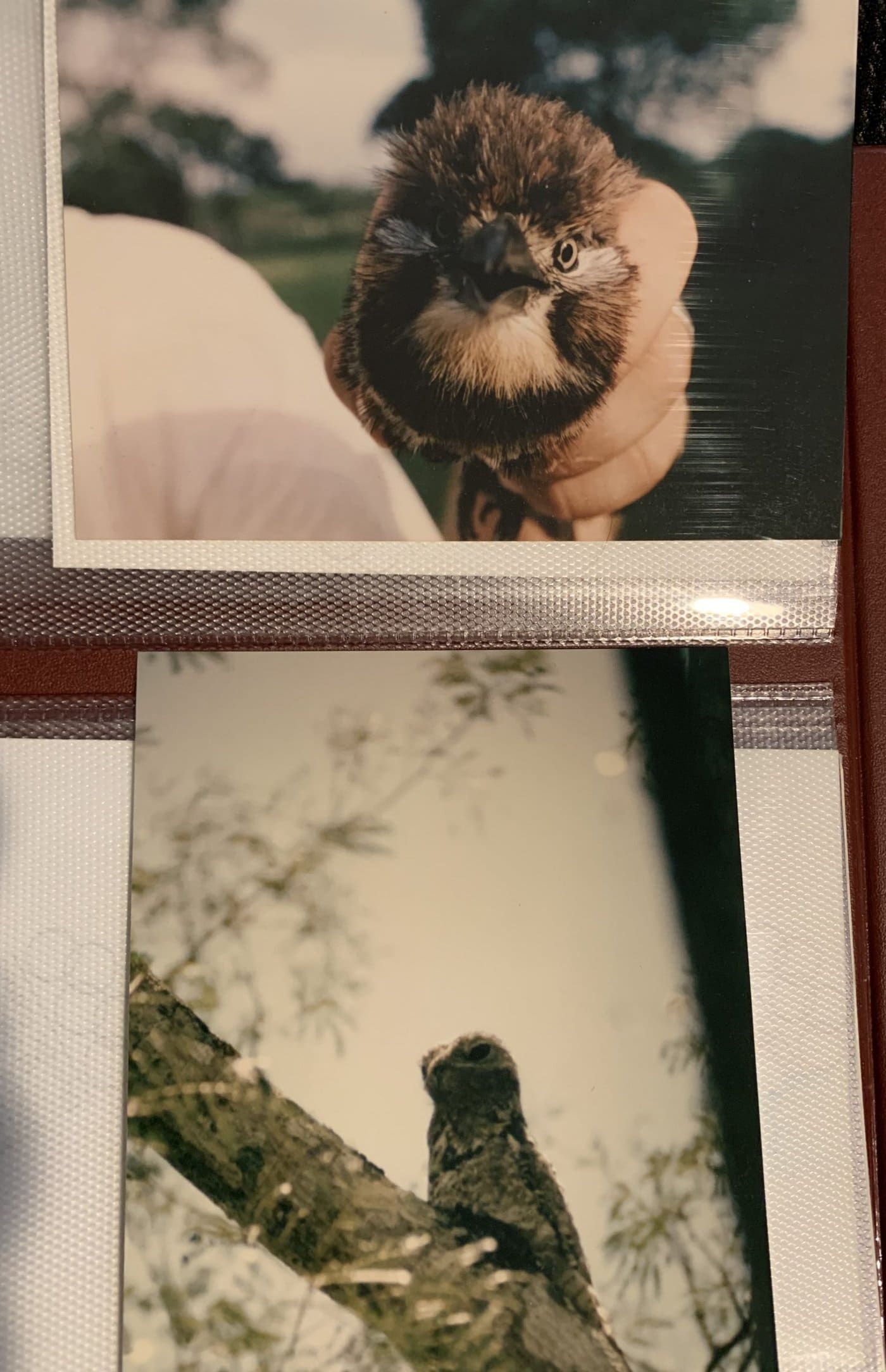 Russet-throated Puffbird and Great Potoo taken from Alan Krakauer’s photo archives
Russet-throated Puffbird and Great Potoo taken from Alan Krakauer’s photo archives
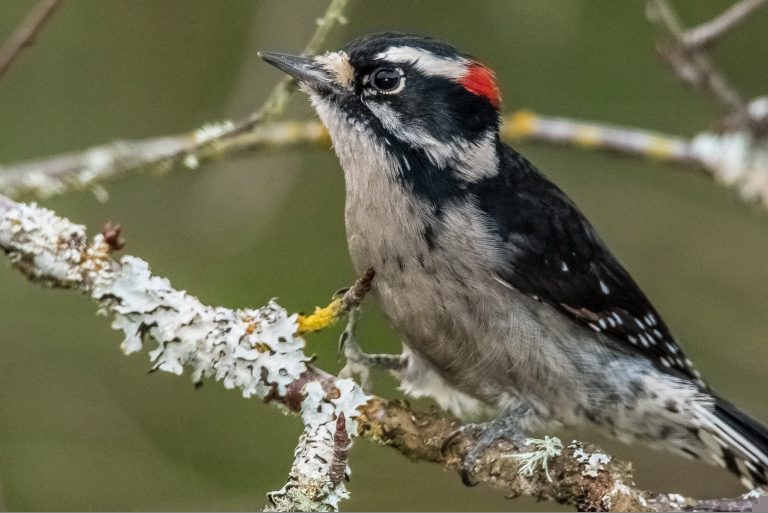
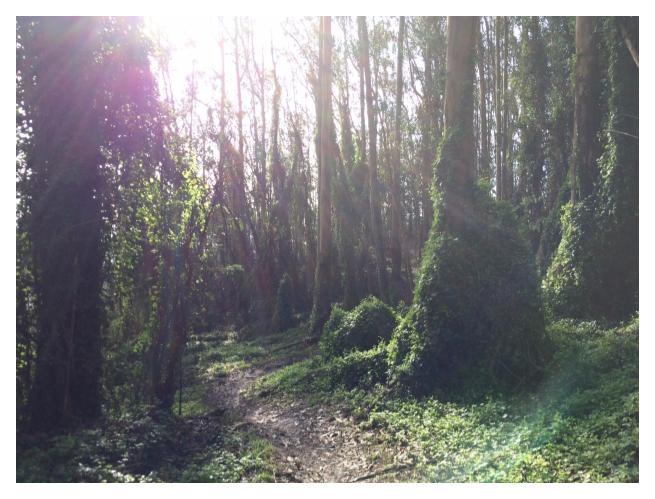 Mount Sutro by Whitney Grover
Mount Sutro by Whitney Grover
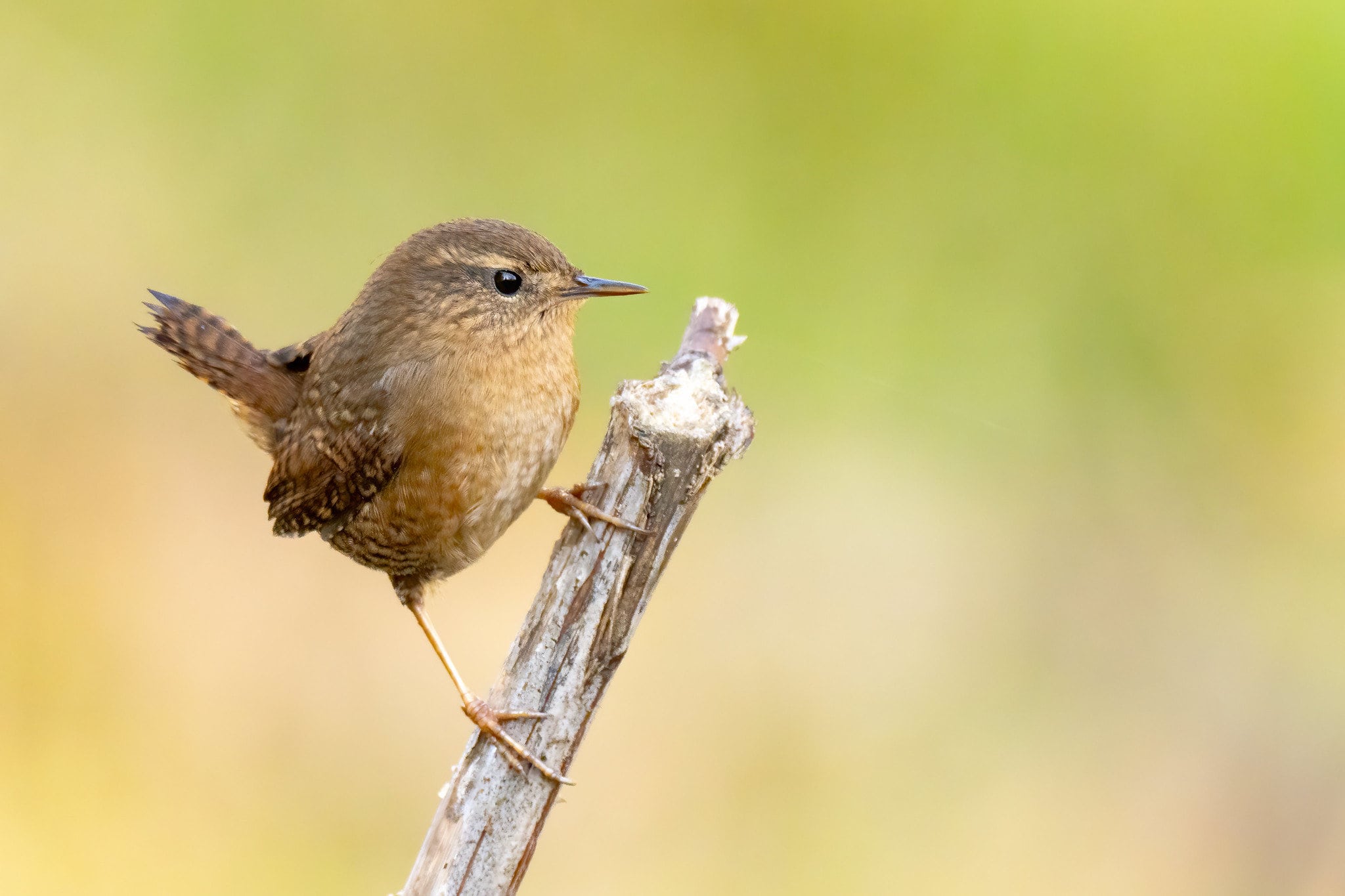 Pacific Wren by Mick Thompson
Pacific Wren by Mick Thompson
 Pygmy Nuthatch by Doug Greenberg
Pygmy Nuthatch by Doug Greenberg
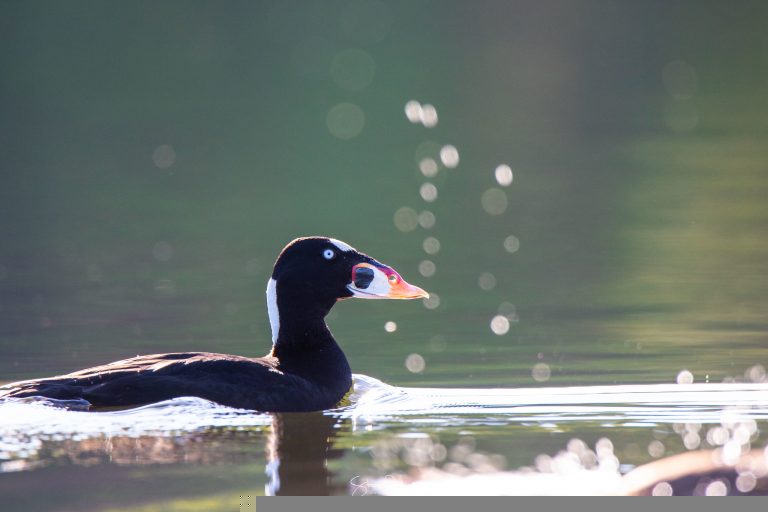
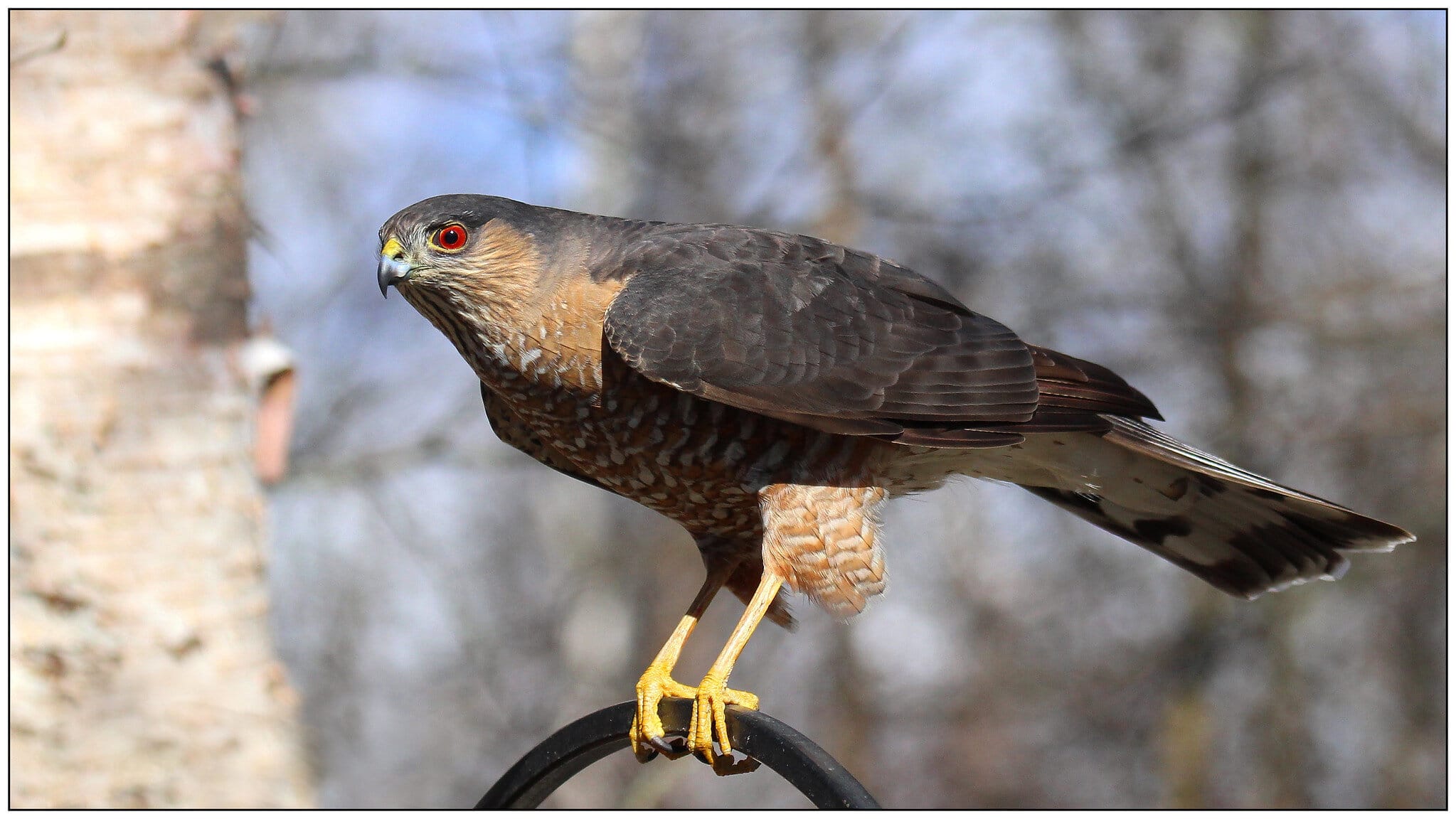 Sharp-shinned Hawk by Sandy Paiement
Sharp-shinned Hawk by Sandy Paiement
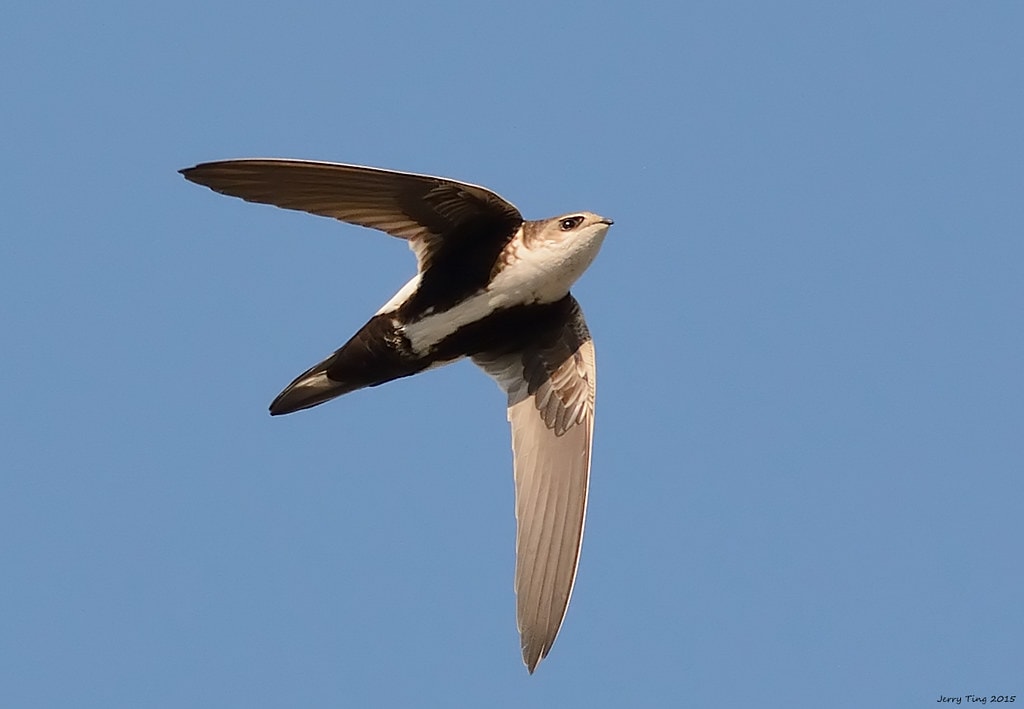 White-throated Swift by Jerry Ting
White-throated Swift by Jerry Ting
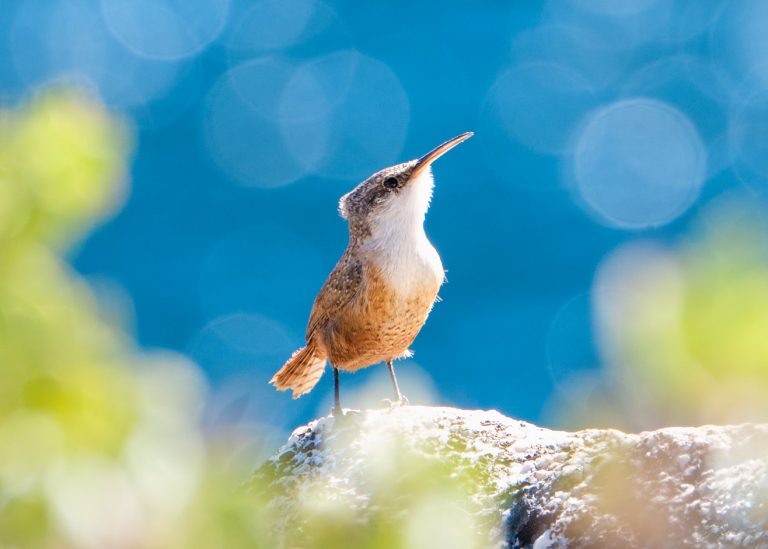
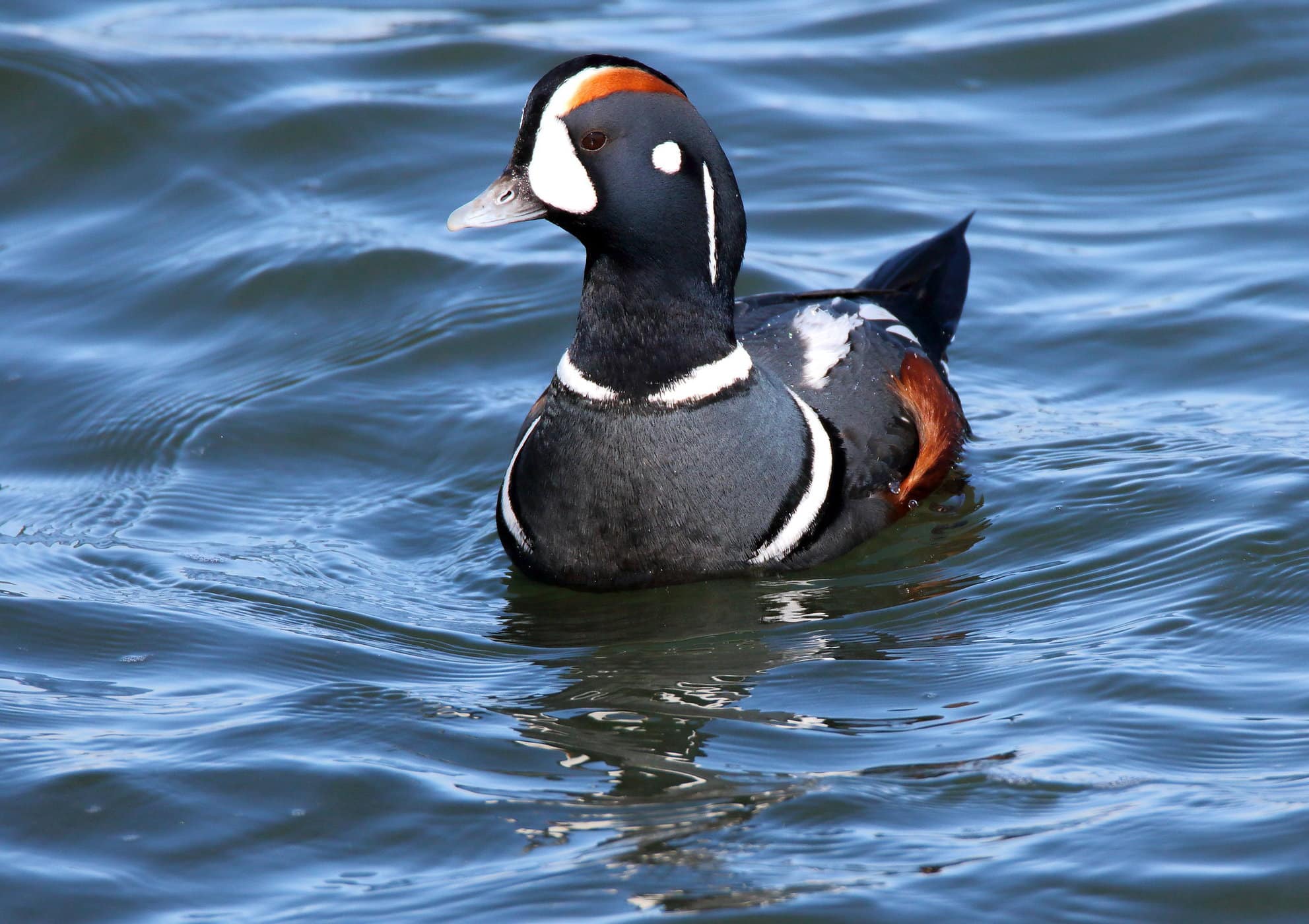 Harlequin Duck by Isaac Grant
Harlequin Duck by Isaac Grant